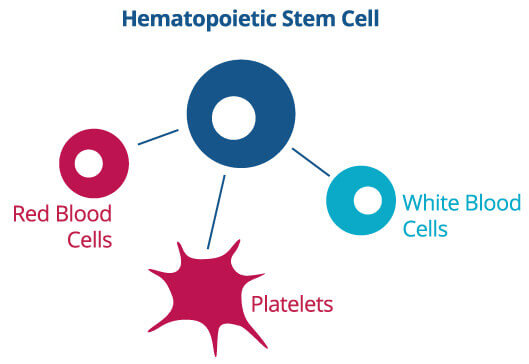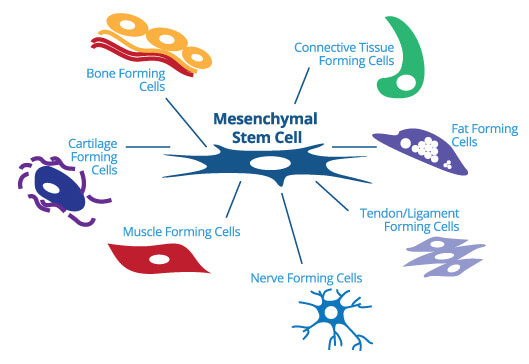Understanding Cord Blood Banking
A Guide for Expectant Parents
Your baby’s umbilical cord holds a precious gift: potentially the richest source of unique stem cells they’ll ever have.
As medical science advances, many believe today’s newborns could be the first generation to live well beyond 100 years, making access to their own stem cells increasingly valuable for future health.
Have you considered that cord blood banking allows you to secure these powerful stem cells within minutes of birth? This simple choice involves collecting vital cells from the umbilical cord and placenta, preserving them for potential use in future stem cell therapies. These cells hold the remarkable potential to repair damaged tissues, regenerate aging organs, and perhaps even replace body parts down the road.
Today, cord blood banking is already a life-changing reality. Over a million stem cell transplants have been performed worldwide since the 1980s, and doctors and scientists view cord blood stem cells as a cornerstone of regenerative medicine. Thousands of clinical trials are currently underway exploring their use for conditions like cerebral palsy, autism, and diabetes. It’s predicted that the need for regenerative therapies will only grow. Choosing cord blood banking ensures your baby has their own perfectly matched stem cells ready if they ever need them.
You have one opportunity to collect and preserve your baby’s cord blood—in the moments right after birth.
Or, to learn more about the cord blood banking process and the benefits of stem cell storage, download your free Info Kit today.

1 MILLION STEM
CELL TRANSPLANTS

7,500+
CLINICAL TRIALS

5 MILLION
UNITS STORED

22 CELLS4LIFE
SAMPLE RELEASES
What are the benefits of cord blood banking?
Here’s why making the decision for cord blood banking can be invaluable for your family’s future:




How do stem cells work?
Stem cells are foundational “master cells” with two unique properties:
The ability to self-renew, essentially making more copies of themselves.
The power to differentiate, or change, into specialized cells.
This means when your body needs more cells for repair or replacement, stem cells can replicate and then transform into the specific specialized cells required. Your child’s body has over 200 types of specialized cells—including those that make up hair, skin, organs, the brain, and the nervous system, all originating from stem cells. These remarkable cells, when preserved, hold significant therapeutic potential.
What makes umbilical cord blood stem cells different?
While stem cells are present in many parts of the body, umbilical cord blood contains a particularly rich concentration of pristine, versatile stem cells. Collected from materials typically discarded after birth, these cells represent the most valuable source your child will ever have. The service of umbilical cord blood banking allows you to preserve these unique cells, providing an opportunity to safeguard your child’s health for years to come. They are easily and safely collected and can be reliably stored for potential future therapeutic use.
Stem cell types in cord blood
Umbilical cord blood provides two main types of stem cells: hematopoietic stem cells (HSCs) and mesenchymal stem cells (MSCs). Each has unique functions:
Hematopoietic stem cells (HSCs): These are the blood-forming stem cells. They can transform into various types of blood cells, rebuilding and repairing the immune system, and are currently used in many treatments for cancers and blood disorders.
Why Should I Choose Private Cord Blood Banking for My Baby?
Opting for private cord blood banking with Cells4Life offers distinct advantages:

Exclusive Access
& Choice
Exclusive Access & Choice
Banking your child’s own cord blood and other perinatal tissues means your family has exclusive access to these unique stem cells—ready when and how you need them.

Guaranteed Match
& Protection
Guaranteed Match & Protection
Your baby’s cord blood is their perfect biological match, crucial for treatments without rejection risk. It also provides a valuable resource for siblings and potentially parents.

Assured Availability
& Security
Assured Availability & Security
Public bank matches can be hard to find, especially for diverse ethnic backgrounds. Private cord blood banking ensures your child’s genetically unique cells are secured and readily available if needed.
GET YOUR FREE INFO KIT
Quick questions…
Is the cord blood banking collection process safe for my baby and me?
Absolutely. The collection of cord blood is a safe, non-invasive, and painless procedure for both mother and baby. It takes place after your baby has been born and the umbilical cord has been clamped and cut. The blood is collected from the portion of the umbilical cord still attached to the placenta, meaning there is no risk or discomfort to either of you during the process.
What happens to the cord blood after it's collected?
After collection, your cord blood sample is safely transported to our specialized laboratory. There, highly trained technicians process the blood to isolate and concentrate the valuable stem cells. This processed sample is then meticulously prepared and stored in cryogenic storage tanks at ultra-low temperatures, preserving the cells’ viability for decades. You’ll receive a certificate confirming the successful storage of your baby’s cord blood.
Is cord blood banking affordable?
The cost of cord blood banking involves an initial fee as well as an ongoing annual fee. Cells4Life offers competitive pricing and a range of payment plans to make cord blood banking accessible to more families. We believe in providing clear, upfront pricing without hidden fees, and our team can discuss the various options available to suit your budget.
How can cord blood be used?
Today, cord blood can be used to treat more than 80 conditions. In future, it is expected to treat many other diseases and disorders as stem cell technology continues to advance.
Trials are already underway investigating the application of umbilical cord stem cells as a therapy for neurological conditions such as cerebral palsy, stroke and even autism. Progress has also been made for the treatment of diabetes and heart disease. Preliminary data from these clinical trials suggest that these powerful cells could even one day be used to regrow organs.
What is the difference between private and public cord blood banking?
The main difference lies in ownership and access. Private cord blood banking, like the services offered by Cells4Life, involves storing your baby’s cord blood exclusively for your family’s private use. This means you have guaranteed access to the stem cells should they ever be needed. Public cord blood banking, on the other hand, involves donating the cord blood to a public bank where it can be used by anyone in need of a transplant, including unrelated individuals. While public banking is altruistic, it does not guarantee your family access to the donated sample.



